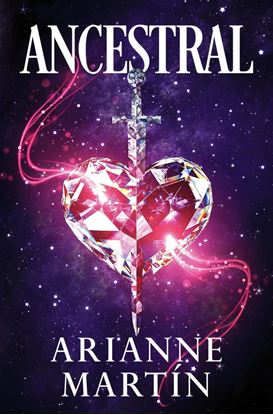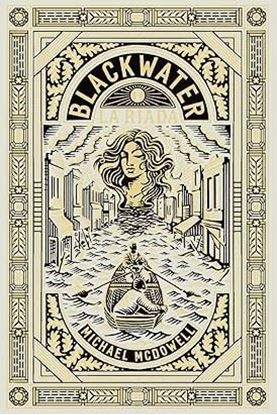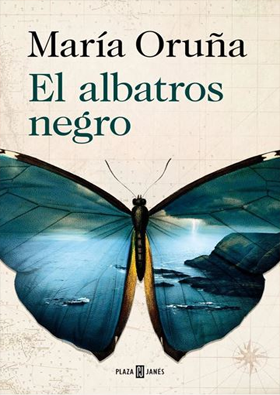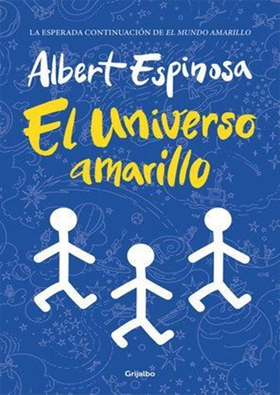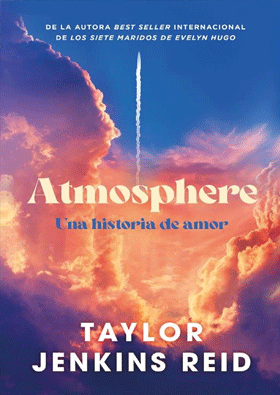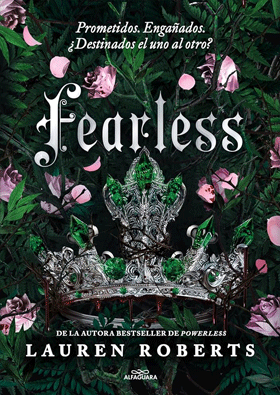

VICTORIA (PP 24)
La novela ganadora del Premio Planeta 2024 nos muestra un retrato impactante de la azarosa vida de personas que sufrieron en carne propia las consecuencias de las grandes decisiones políticas.
Recién terminada la Segunda Guerra Mundial, en un Berlín arrasado y sin futuro aparente, Victoria sobrevive cantando cada noche en el club Kassandra. Pese a tener una mente prodigiosa, capaz de crear un poderoso sistema de cifrado de mensajes, su hija Hedy y su hermana Rebecca dependen de ese mísero sueldo para sobrevivir. Un chantaje sin escrúpulos por parte de los rusos obligará a Victoria a viajar sola a Estados Unidos, donde, sin embargo, disfrutará del amor incondicional del capitán Norton. Allí descubrirá que la que parecía la sociedad más democrática del mundo esconde una rancia capa de racismo e injusticias de la mano del Ku Klux Klan y el senador McCarthy.
Una novela grandiosa en la que los resentimientos, el dolor de la pérdida y las decisiones difíciles serán superados gracias al coraje de unos personajes que luchan firmemente por defender lo que más aman.
1,600
10.000 MILLAS PARA ENCONTRARTE (BALI 2)
Nikki vivía tranquila en su isla de Bali… hasta que apareció Alex.
Alex jamás creyó que podría sentir una conexión tan profunda… hasta que conoció a Nikki.
Ella ha descubierto secretos de su pasado que podrían cambiarlo todo.
Él deberá afrontar que hay mundos que nunca se podrán encontrar.
Despues de poner un oceano de distancia entre los dos, Alex y Nikki descubrirán que no es tan sencillo mantenerse alejados, sobre todo cuando a su atracción se le una un peligro capaz de acabar con todo…, incluso con sus vidas.
¿Que esconde Alex en Londres? ¿Cuál es la verdadera historia de la familia de Nikki? ¿Se puede poner límites a la pasión? ¿O hay historias donde el amor es más fuerte que la distancia?
1,350
ANCESTRAL
Faye Johnson es la bruja perfecta durante el día, pero cuando cae la noche, se vuelve una maestra en desafiar las normas. En la clandestinidad, acepta todos los trabajos que los demás consideran inmorales, desde vender pociones a vampiros hasta lidiar con licántropos problemáticos. Todo parece funcionar hasta que entra en su vida Reese Marlasis.
1,150
ATMOSPHERE (ED. LIMIT.) (TD)
Durante el verano de 1980, la profesora de Astrofísica Joan Goodwin comienza a formarse para ser astronauta en el Centro Espacial Johnson de Houston junto con un grupo de compañeros excepcional: Hank Redmond, piloto de Top Gun; John Griffin y Lydia Danes, especialistas de la misión; la bondadosa Donna Fitzgerald; y Vanessa Ford, una magnética y misteriosa ingeniera aeronáutica. Mientras los nuevos astronautas se preparan para sus primeros vuelos, Joan halla un amor y una pasión que nunca había imaginado, y comienza a cuestionarse todo cuanto creía saber sobre su lugar en el universo observable. Y entonces, en diciembre de 1984, mientras se lleva a cabo la misión STS-LR9, todo cambia de un momento a otro.
1,850
BAJO EL MUERDAGO
Bienvenidos al hotel Forest Manor, un encantador establecimiento en el que tanto los huéspedes como el personal son como de la familia. Excepto Izzy y Lucas, claro, pues la rivalidad que hay entre ellos es tal que incluso les han prohibido coincidir en el mismo turno.
Tras dos años de penurias, tal vez haya llegado el momento de que el hotel cierre sus puertas para siempre. Pero entonces Izzy devuelve un anillo perdido a su dueño y la recompensa que recibe convence a la dirección de que tal vez hayan encontrado la solución a sus problemas. Quedan cuatro anillos más en la caja de objetos perdidos, y recae sobre Lucas y ella la responsabilidad de salvar sus empleos.
Conforme su amarga enemistad va tornándose en algo diferente (y mucho más complicado), ambos comienzan a preguntarse si podría estar en juego mucho más que el destino de su querido hotel... ¿Podrán salir de diciembre con el corazón intacto?
995
BLACKWATER / PARTE I: LA RIADA
Las gélidas y oscuras aguas del río Blackwater inundan Perdido, un pequeño pueblo al sur de Alabama. Allí, los Caskey, un gran clan de ricos terratenientes, intentan hacer frente a los daños causados por la riada. Liderados por Mary-Love, la incontestable matriarca, y Óscar, su obediente hijo, los Caskey trabajan por recomponerse y salvaguardar su fortuna. Pero no cuentan con la aparición de la misteriosa Elinor Dammert. Una joven hermosa pero parca en palabras con un único objetivo: acercarse a los Caskey cueste lo que cueste.
995




